Concrete Fibers
Concrete fibers are specialized materials designed to fortify concrete, enhancing its structural integrity and durability. These fibers, including steel, glass, synthetic, and natural types, are mixed into concrete to prevent cracking, improve tensile strength, and boost its overall performance. The inclusion of concrete fibers in your project ensures a superior, more resilient finish, ideal for a variety of applications, from industrial flooring to structural components. By choosing GRC fiber solutions, you're investing in longevity and quality for your construction projects.
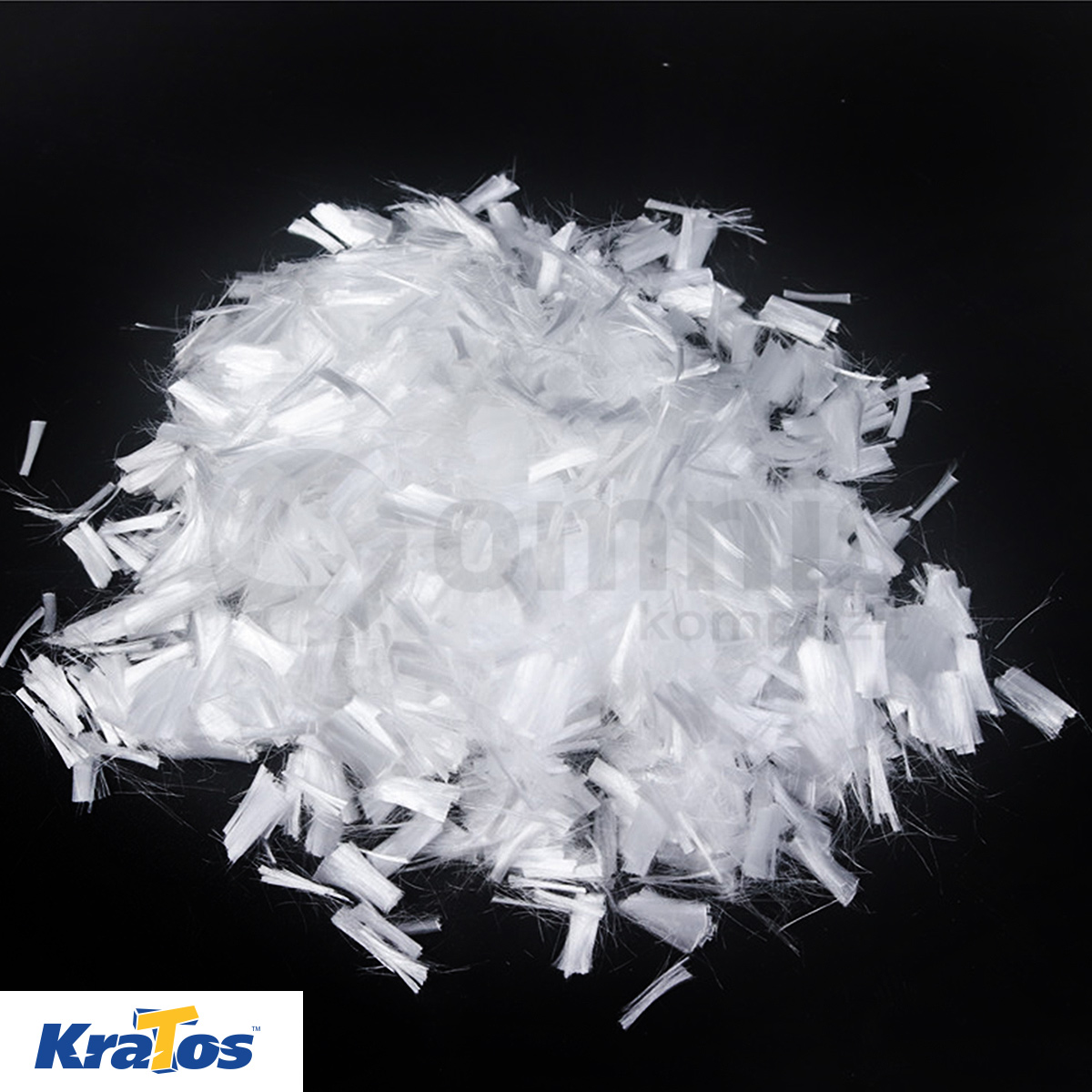
Micro Synthetic Polymer Based Fiber
View Product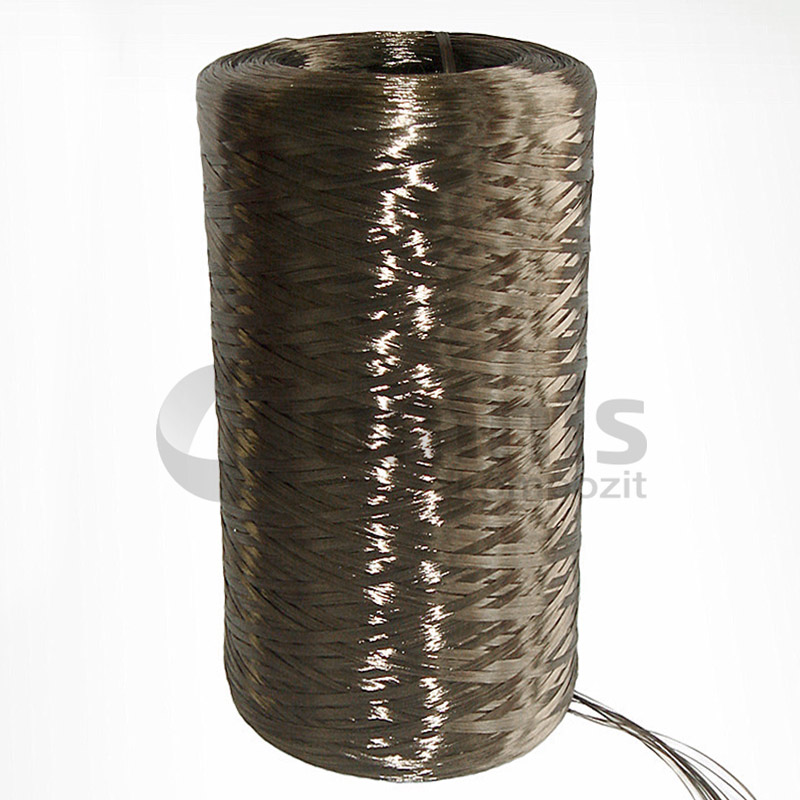
Basalt Single End Roving
View Product
Basalt Fiber Trimming
View Product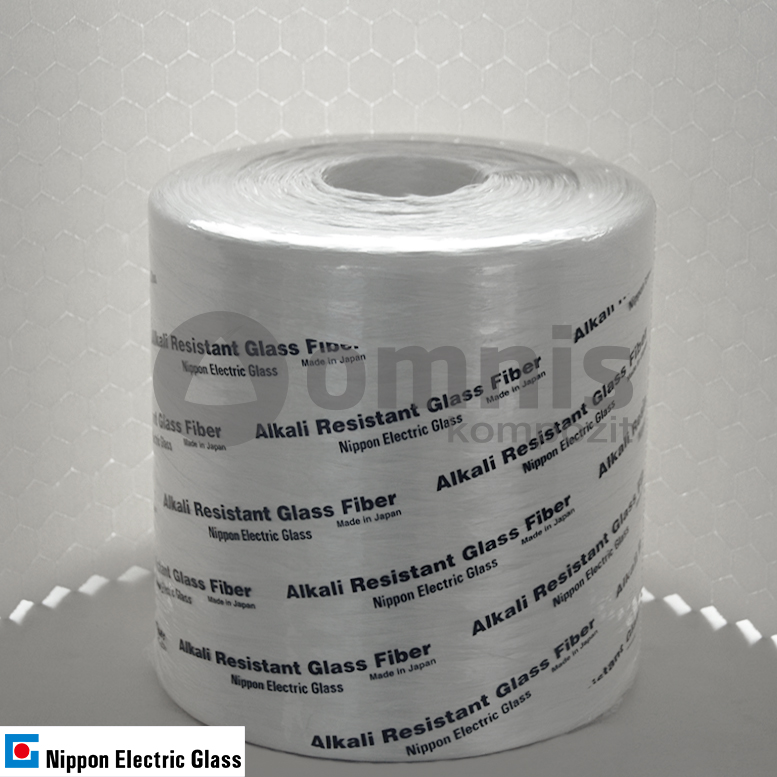
AR Glass Fiber Roving with High ZrO₂ Ratio
View Product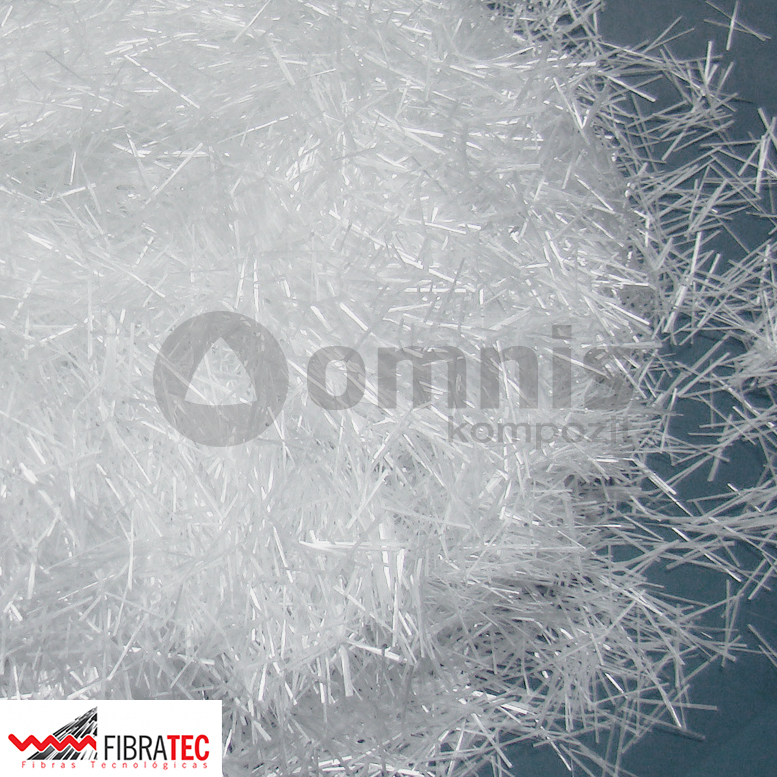
FibraTec V12 Trimming AR Glass Fiber
View Product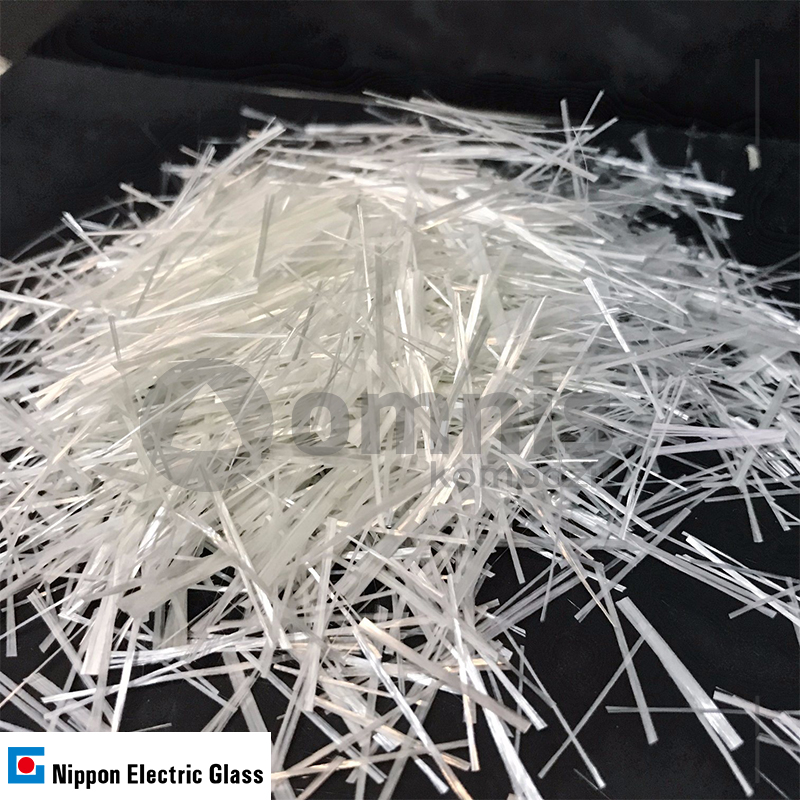
High ZrO₂ Ratio AR Glass Fiber Trimming
View ProductHow do concrete fibers work to improve concrete?
GRC fibers function by uniformly dispersing throughout the concrete mix, offering multidirectional reinforcement that significantly enhances the concrete’s mechanical properties. This reinforcement mechanism improves toughness, reduces the formation of micro-cracks, and enhances the concrete’s ability to absorb energy under load. Using GRC fibers in your projects translates to stronger, more durable concrete structures, capable of withstanding harsh conditions and heavy use. Incorporate concrete fibers to elevate the performance and reliability of your concrete applications.
What types of concrete fibers are available?
A wide array of concrete fibers is available to suit different applications and requirements, including steel, polypropylene, glass, basalt, and natural fibers. Each type offers unique benefits, such as enhanced tensile strength, resistance to thermal shock, and improved crack control. Selecting the right type of concrete fiber for your project can lead to significant improvements in the concrete’s performance, durability, and overall quality. With our comprehensive range of concrete fibers, find the perfect solution to meet your specific construction needs.
What is GRC fiber and how is it used in concrete?
GRC fiber, or Glassfiber Reinforced Concrete fiber, is a high-strength glass fiber used to reinforce concrete, enhancing its strength and durability without significantly increasing its weight. GRC fiber is particularly effective in applications requiring intricate shapes and high detail, such as architectural panels, decorative elements, and facade cladding. Incorporating GRC fiber into concrete results in a material that is both strong and versatile, opening up new possibilities for innovative and aesthetically pleasing construction projects.
How do concrete fibers affect the strength of concrete?
GRC fibers significantly improve the strength of concrete by providing multidirectional reinforcement that distributes stresses more evenly throughout the material. This enhancement in strength is particularly noticeable in the concrete’s tensile, flexural, and impact strengths, making it more resistant to cracking and chipping. By adding GRC fibers to your mix, you can achieve a more robust and durable concrete, capable of withstanding the demands of any construction environment.
Can GRC fibers reduce the occurrence of cracking?
Yes, GRC fibers are specifically designed to reduce the occurrence of cracking by effectively controlling shrinkage and thermal stresses within the concrete. By dispersing throughout the mix, these fibers help to distribute tensile stresses more evenly, significantly reducing the formation of cracks. The use of concrete fibers in your projects means a notable improvement in the longevity and aesthetic appearance of your concrete structures.
In what applications are GRC fibers most commonly used?
Concrete fibers are versatile and can be used in a wide range of applications, including industrial floors, pavements, precast products, shotcrete, and thin-shell structures. They are particularly beneficial in situations requiring enhanced crack control, durability, and impact resistance. Whether it’s for residential, commercial, or infrastructure projects, concrete fibers offer a practical solution for improving the performance and longevity of concrete structures.
How are concrete fibers incorporated into the concrete mix?
GRC fibers are typically added to the concrete mix at the batching plant or on-site before the mixing process. They are evenly dispersed throughout the concrete to ensure uniform distribution of the fibers, which is crucial for achieving the desired reinforcement and performance characteristics. Proper mixing techniques and adherence to manufacturer’s recommendations are essential for maximizing the benefits of GRC fibers in your projects.
Do concrete fibers affect the workability of concrete?
While GRC fibers can slightly alter the workability of concrete, modern advancements in fiber technology and mixing techniques have minimized these effects. Today, concrete mixes with fibers can be designed to maintain excellent workability, ensuring that the concrete can be easily placed, compacted, and finished. Adjustments to the mix design, such as water-to-cement ratio and superplasticizers, can further enhance workability, making GRC fibers a convenient and practical addition to your construction projects.
What are the benefits of using GRC fibers in concrete applications?
Glass Fiber Reinforced Concrete (GRC), also known as Glass Fiber Reinforced Cement, is a composite material consisting of a cementitious matrix composed of cement, sand, water, and alkali-resistant glass fibers. The inclusion of glass fibers into concrete significantly enhances its properties and functionality, making it suitable for a wide range of applications in construction and architectural projects. The benefits of using GRC fibers in concrete applications include:
- Improved Tensile Strength: Glass fibers increase the tensile strength of the concrete, allowing it to withstand greater stress and strain without cracking. This property is particularly beneficial for structures subject to tensile forces and dynamic loads.
- Enhanced Durability: GRC is more durable than traditional concrete due to its resistance to environmental factors such as moisture, corrosion, and chemical attacks. This makes it ideal for outdoor applications and in harsh environmental conditions.
- Lightweight: GRC is significantly lighter than traditional concrete, reducing the load on structures and foundations. This can lead to cost savings in structural support and transportation, as well as ease of installation.
- Versatility in Design: The flexibility and moldability of GRC allow for a wide range of shapes, textures, and finishes. This versatility makes it a popular choice for architectural and decorative applications, including facades, cladding, and ornamental features.
- Fire Resistance: GRC exhibits excellent fire-resistant properties, providing a barrier against the spread of fire and contributing to the overall safety of structures.
- Reduced Construction Time and Cost: The ease of molding and casting GRC into complex shapes can reduce construction time and costs associated with formwork and labor. Pre-fabricated panels can be produced off-site and quickly installed, further speeding up the construction process.
- Energy Efficiency: The thermal properties of GRC can contribute to energy efficiency in buildings by providing effective insulation. This can reduce heating and cooling costs over the lifespan of a building.
- Sustainability: GRC can incorporate recycled glass fibers and other sustainable materials, reducing the environmental impact associated with construction. Its durability and longevity also contribute to sustainability by minimizing the need for repairs and replacements.
- High Impact Resistance: The inherent flexibility and strength of GRC provide high resistance to impact, making it suitable for applications where durability under physical stress is required.
Can concrete fibers be used in both structural and non-structural applications?
Yes, concrete fibers can be used in both structural and non-structural applications, expanding their utility across a wide range of construction projects. The inclusion of fibers in concrete improves its mechanical properties, including tensile strength, ductility, and resistance to cracking, which can be beneficial in various contexts.
How do the properties of concrete change with the addition of fibers?
The addition of fibers to concrete significantly alters its properties, enhancing performance and durability in various ways. These changes depend on the type of fibers used (such as steel, glass, synthetic, or natural fibers), their length, shape, orientation, and the volume fraction within the concrete mix. Here’s an overview of how the properties of concrete change with the inclusion of fibers:
- Increased Tensile Strength: Fibers improve the tensile strength of concrete, making it more resistant to cracking under tension. This is particularly beneficial for concrete structures subjected to dynamic loads or where tensile forces are significant.
- Enhanced Ductility: Fiber-reinforced concrete (FRC) exhibits increased ductility. This means it can deform under stress without failing, providing better energy absorption and resistance to impact and seismic forces compared to non-reinforced concrete.
- Improved Crack Resistance: Fibers distribute throughout the concrete matrix, providing better control over crack formation and propagation. This leads to reduced crack widths and frequencies, enhancing the durability and lifespan of concrete structures.
- Increased Impact Resistance: The addition of fibers enhances the concrete’s ability to resist sudden and severe loads, such as impacts from vehicles, falling objects, or explosions. This property is especially valuable for military and security applications, as well as for industrial floors.
- Better Fatigue Resistance: Concrete with fibers shows improved resistance to fatigue, meaning it can withstand repeated loading and unloading cycles without significant degradation in strength or performance.
- Enhanced Fire Resistance: Certain types of fibers can improve the fire resistance of concrete by maintaining structural integrity at high temperatures and reducing spalling (the explosive or flaking off of the concrete surface in intense heat).
- Improved Shrinkage and Thermal Crack Control: Fibers help to control shrinkage cracking, which occurs as concrete cures and hardens, and thermal cracking, which results from temperature variations. This is achieved by distributing the tensile stresses more evenly throughout the concrete.


